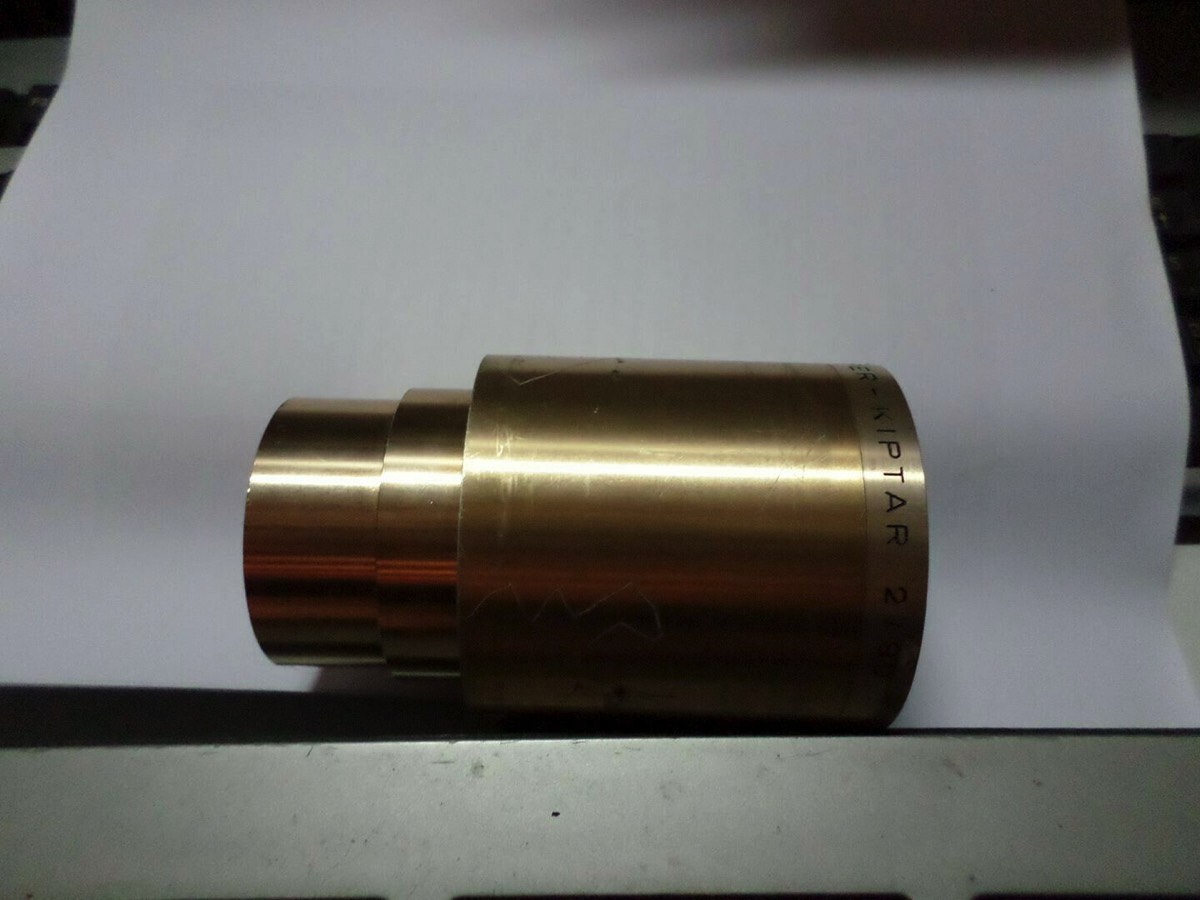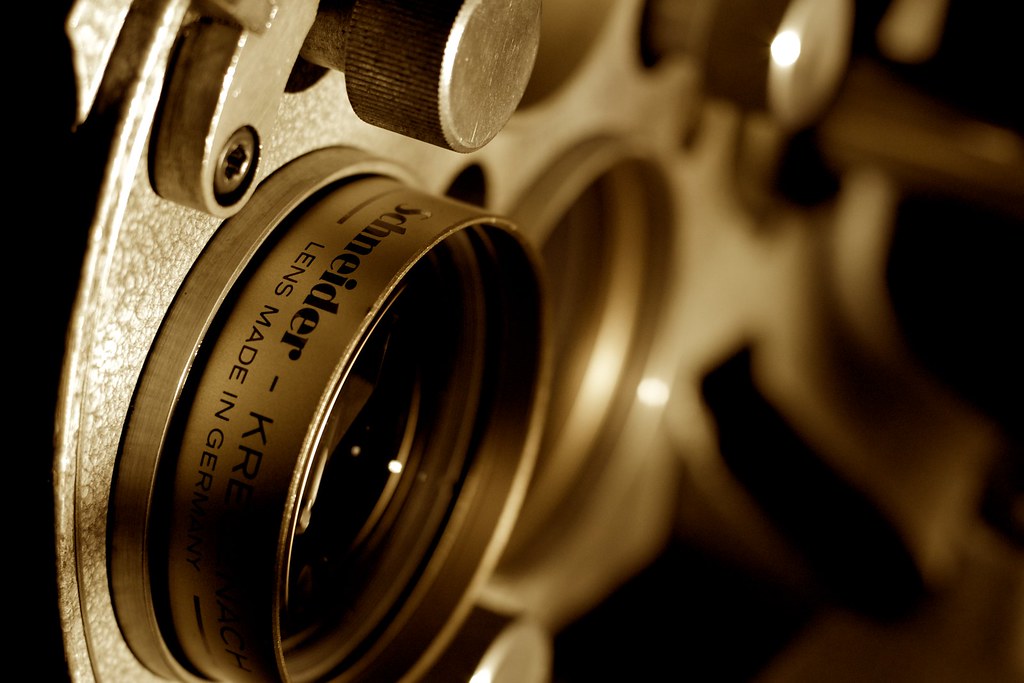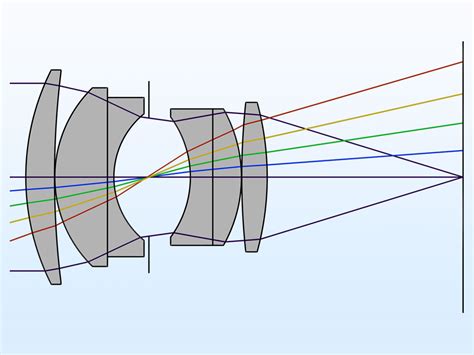History
In 1913 Optische Anstalt Jos. Schneider & Co. (later named Schneider Kreuznach) was founded by Joseph Schneider in Bad Kreuznach, Germany. ISCO was formed as a subsidiary in 1936, prior to World War II, by order of the German Military High Command as a way of distributing critical military production so as to make the production of optics (aerial reconnaissance cameras, binoculars, anti-aircraft sights, etc.) less vulnerable to enemy attack. The ISCO lens manufacturer was located in Göttingen, West Germany. ISCO, stands for Iosif Schneider Optik.
Around 1976, Schneider Corporation of America bought some significant property from the Kollmorgen Corporation. Among that property was their inventory, trade-names, and lens designs among which the “Cinelux” was present. Kollmogen had made this line of lenses called “Cinelux” during the 1950s, and after the purchase, the Schneider Corporation of America sold the remaining lenses over the next few years. Around 1977, Schneider Corp. of America Vice President, Glenn Bergren collaborated with Karl Macher who was Schneider Kreuznach’s then chief optical engineer, to invest in a line of six element f/2 projection lenses. These lenses were to be branding “Cinelux-Ultra”. This line was fully designed by Schneider Kreuznach, manufactured by ISCO, and then also sold by ISCO worldwide.
In 1978, Schneider Kreuznach quickly won the Technical Achievement Award of the Academy of Motion Picture Arts and Sciences (equivalent of an Oscar, in the technical film world) for this new Cinelux Ultra design.
In 1982, Schneider Kreuznach went bankrupt, shortly followed by ISCO. Schneider Kreuznach was quickly purchased back from the bank by its largest non-family investor. Schneider and ISCO parted ways for a while and even had a legal battle over the name “Cinelux”, which Schneider won. In 1983 and the years following, the range of products designed by Schneider increased to include the Super Cinelux and Cine-Xenon (1985) lines, among others. ISCO continued as a separate company for some time, developing various product lines.
Schneider again won the Technical Achievement Award of the Academy of Motion Picture Arts and Sciences in 2000 for designing their Super Cinelux lenses and then again in 2005 for the Premiere variable aperture lens. Meanwhile, in 2003 ISCO filed for bankruptcy. However, ISCO cancelled the insolvency proceedings and in 2008, Schneider Kreuznach re-adopted their former subsidiary, ISCO Optics, who then over the next few years merged as a division of Schneider.
After the merger, Schneider continued the ISCO lines as a broader selection as well as slightly lower price-point items within the cinema market. It was in the 2009 that ISCO’s name was official changed to Schneider Kreuznach Isco Division GmbH & Co. KG.
Today, Schneider still produces industrial optics, cine optics, photo optics (medium format lenses for the Phase One XF) and filters, as well as some precision engineering equipment. Little if any information is publicly available today about the current operations or existence of the former ISCO.
The Super Cinelux was released as an updated and improved design to the Cinelux Ultra. However, the Super Cinelux appears to only have been a title used for Schneider lenses 100mm and under. At one point in time, the Ultra MC was the title used for the focal lengths of from at least 95mm-180mm, but was probably replaced at 100mm and less by the Super Cinelux.
Typical for these cinema projection lenses is the bright and brilliant projection with a high resolution over the whole image field. The ISCO Cinelux and ISCO Ultra MC are essentially the same lens design, but with slightly different barrel housings. They are multi-coated lenses with excellent contrast and sharpness.
Why do I use use a cinema lens adapted for your camera? Cinelux lenses offer what many photographers want, but what most companies don’t think the photography market at large can sustain—Amazing sharpness and character at the large aperture of f/2 while being able to accommodate a large coverage area.
So, why are Cineluxes such a good answer? The cinema industry at large didn’t only want sharp lenses with great colour rendition, but they also also large aperture lenses to allow for more light to pass through, thus conserving their projector light bulbs. The high-quality, large 90mm movie film needed a lens that accommodates an image that large—and this happens to be a great fit for 120mm film, as well as larger than full-frame sensors.
The character and quality of these lenses is stunning and one of a kind—amazing sharpness, impressive depth of field, buttery smooth bokeh, super good contrast, wonderful colours and all the rest. Plus, they’re considerably small (some, such as the 90mm Super Cinelux or the 105mm Cinelux Ultra, can fit in the palm of your hand), lightweight, and many have functional hoods build right into the barrel.
If you’re searching for a fast, good portrait length lens, Cinelux lenses are the best options available in terms of image character and quality.
Summary
Super Kiptars were ISCO’s top-of-the-line lenses of their times. This lens is an excellent lens in its properties. For use with modern cameras requires a simple alteration. Light, Fast, High Contrast and creative bokeh. And cheap too. What more could someone want?







